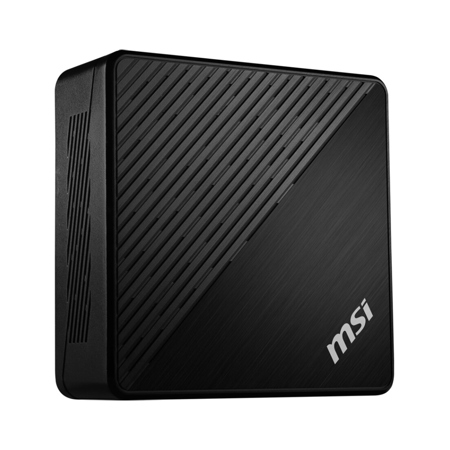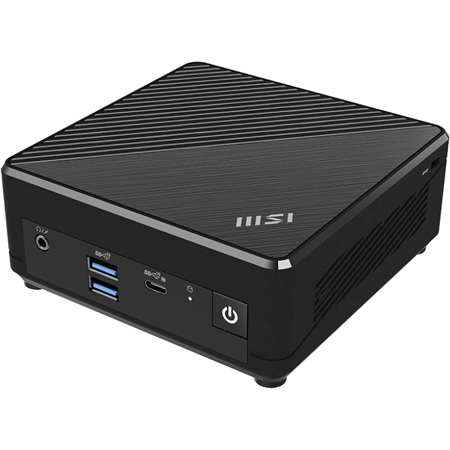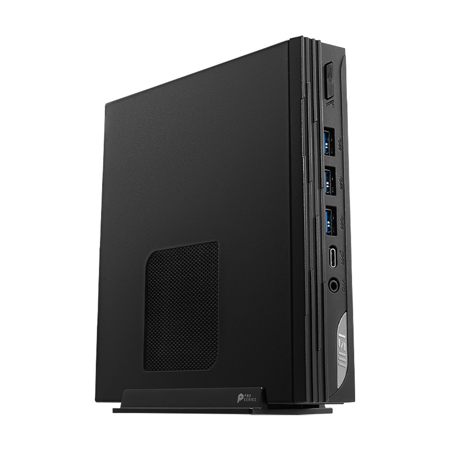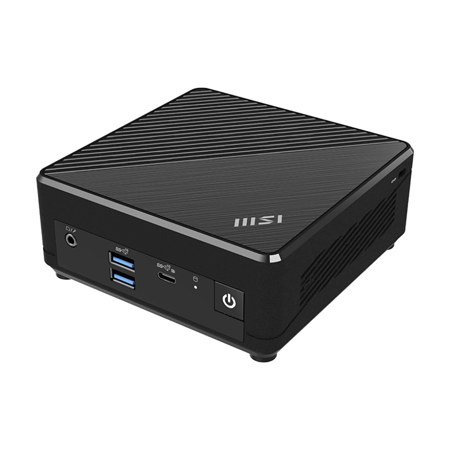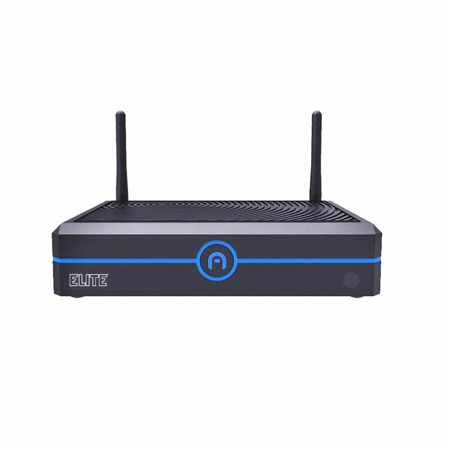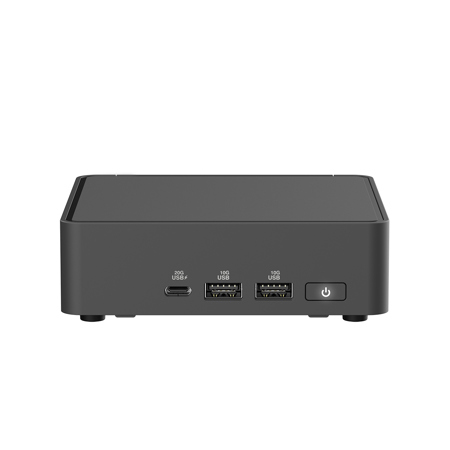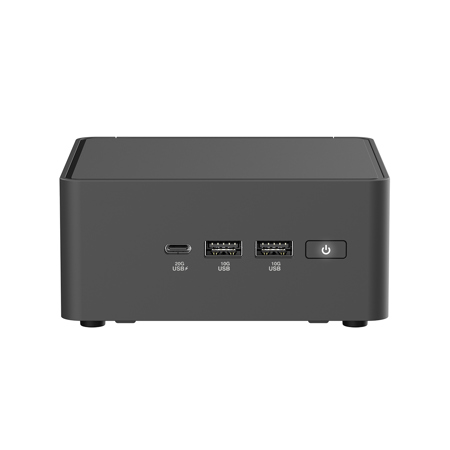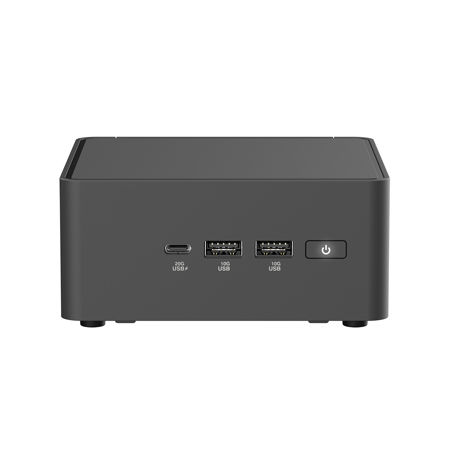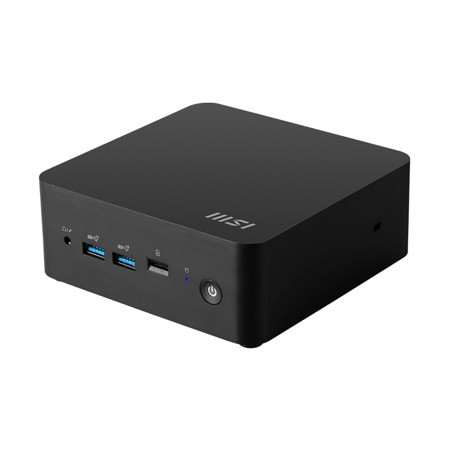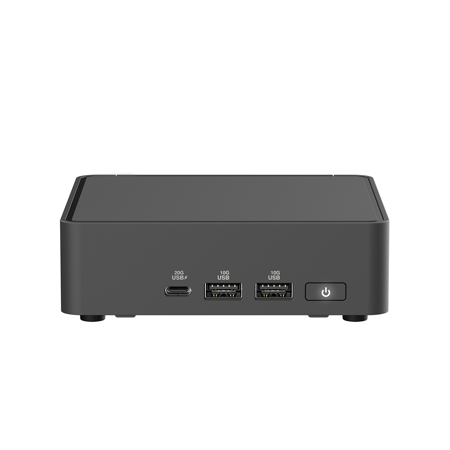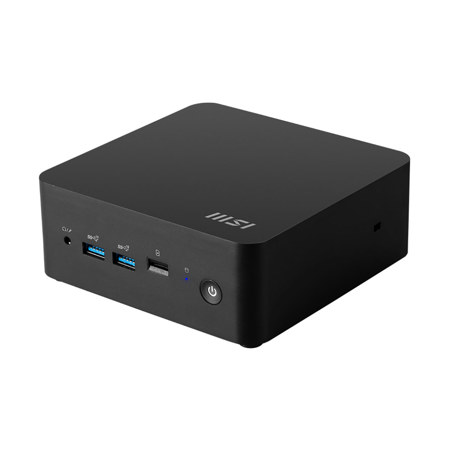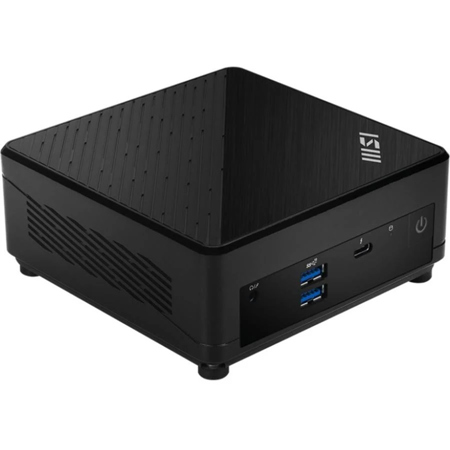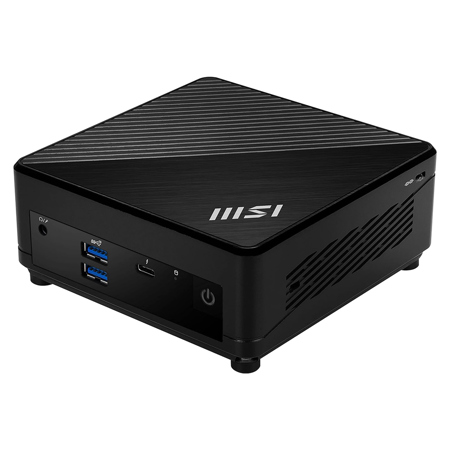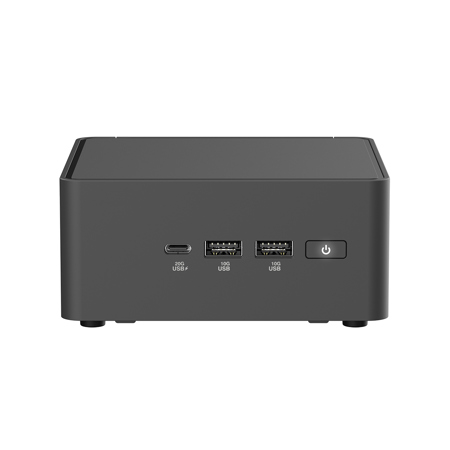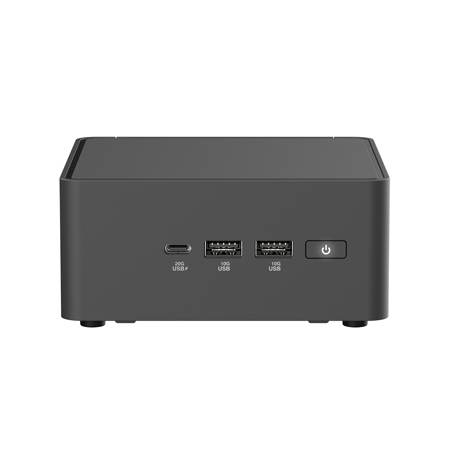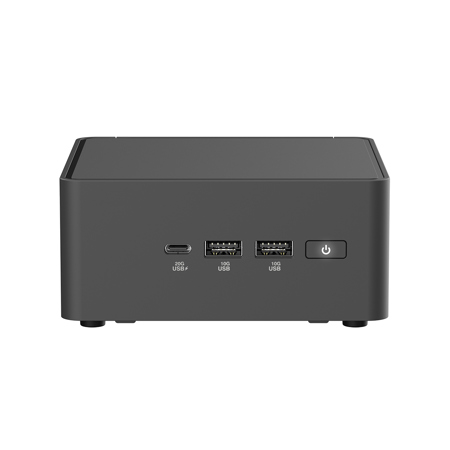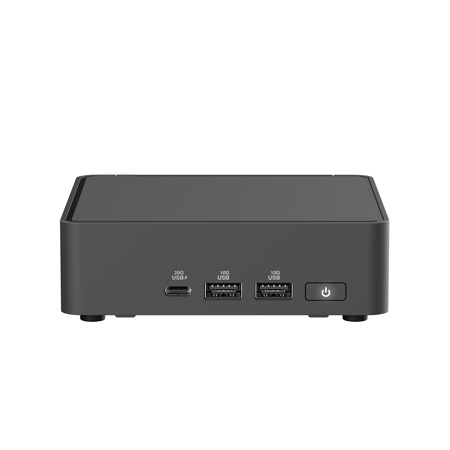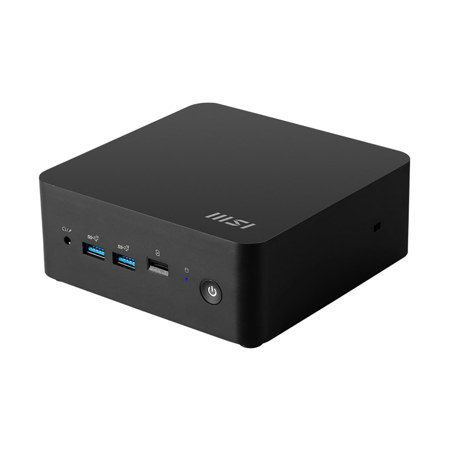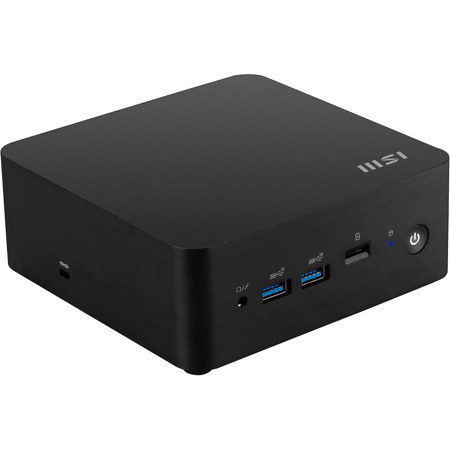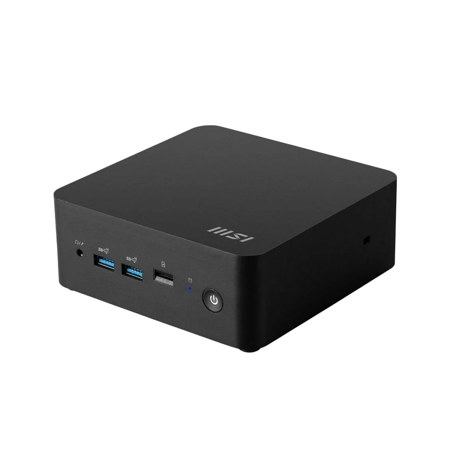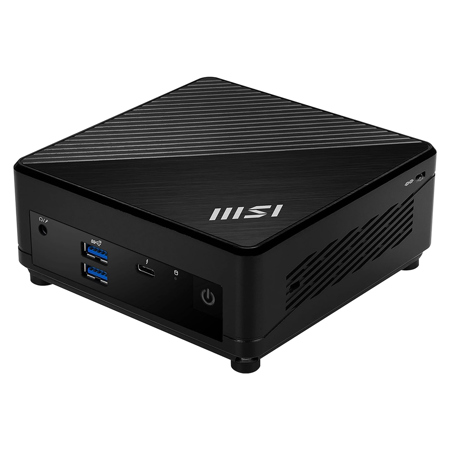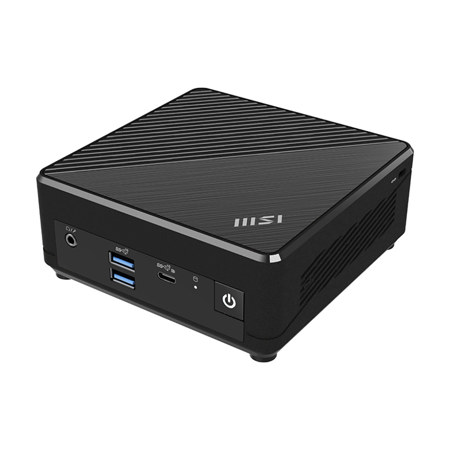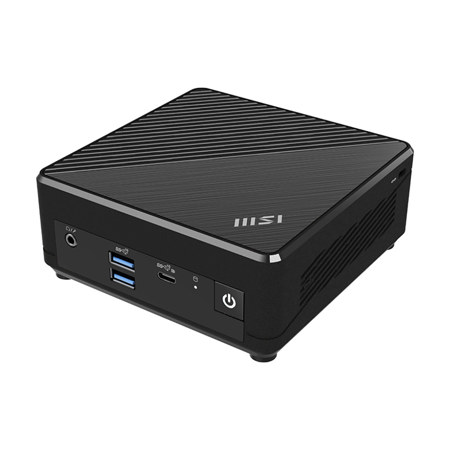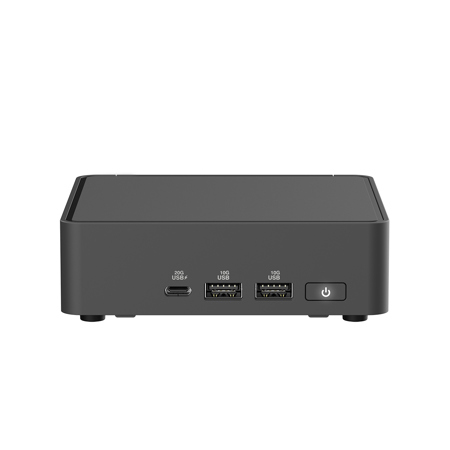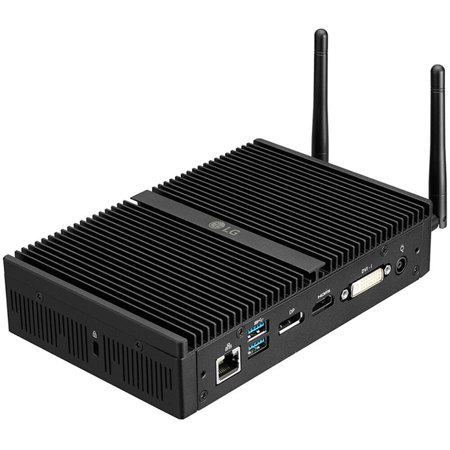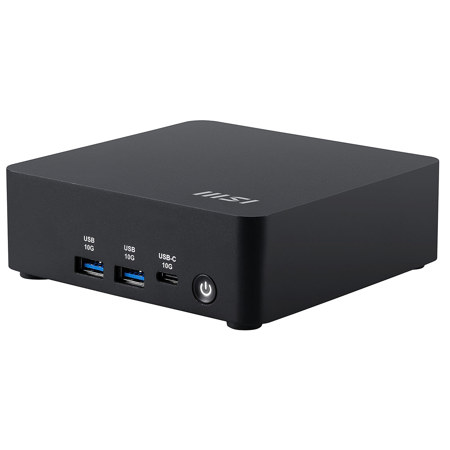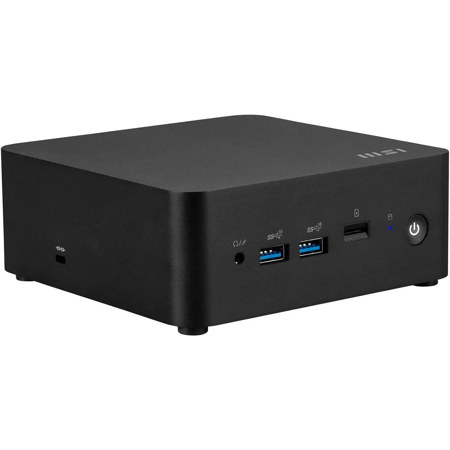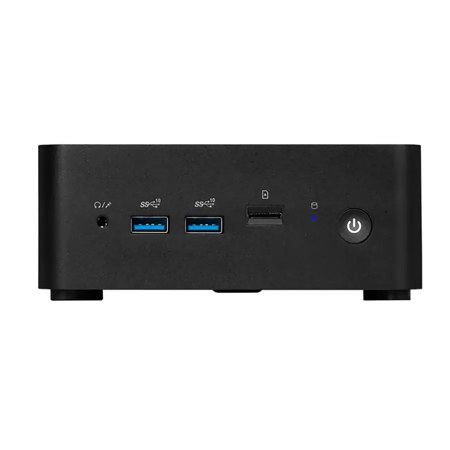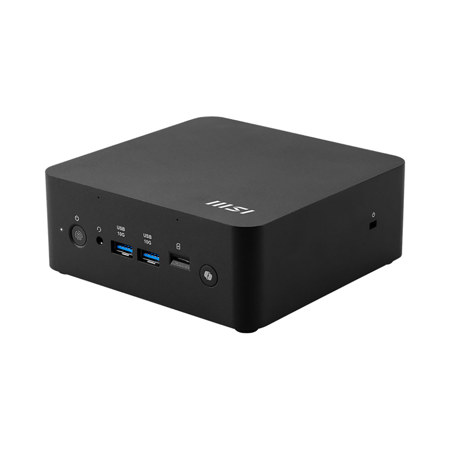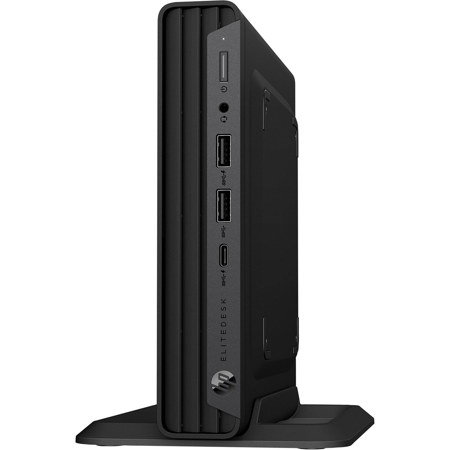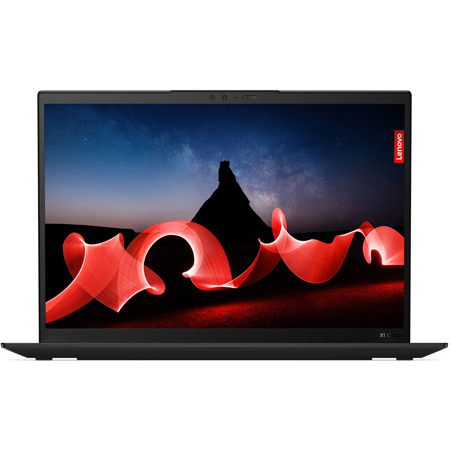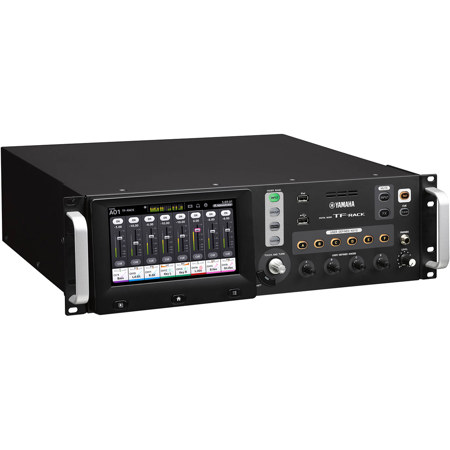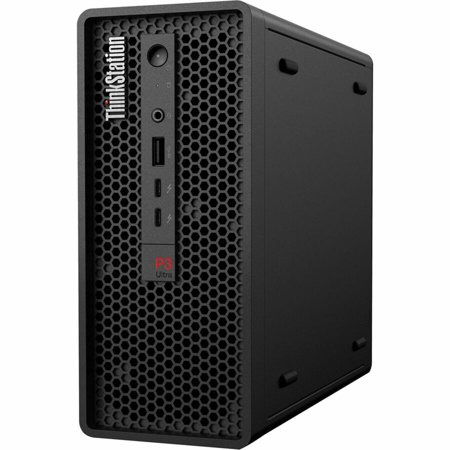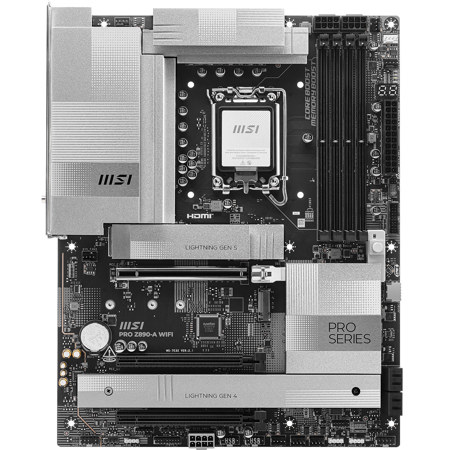Barebone Computers
Barebone computers offer a unique and flexible entry point into the world of custom computing, catering to a wide spectrum of users—from seasoned enthusiasts who relish the hands-on process of building a system from scratch, to professionals and students seeking a tailored solution for their specific workflow. At their core, barebone systems typically arrive with a pre-installed case, motherboard, and power supply, serving as a robust foundation for further customization. This approach allows users to handpick vital components such as the CPU, RAM, storage drives, and, in many cases, the graphics card, ensuring that every element meets their exact performance requirements and budget constraints. Whether you’re assembling a compact workstation for video editing, a reliable home office PC for multitasking, or a streamlined media server for your living room, the barebone format provides the freedom to balance power, efficiency, and aesthetics according to your preferences. As the winter months set in and indoor projects become more appealing, many find that building a barebone computer is not only a practical investment but also a rewarding seasonal activity—perfect for those chilly evenings spent tinkering at the workbench or sharing the build experience with family and friends.
For gift-givers, barebone computers are an inspired choice, particularly for tech-savvy recipients or anyone eager to learn more about the inner workings of modern PCs. The modular nature of these systems makes them especially suitable for students embarking on STEM studies, gamers seeking a foundation for high-performance graphics, or creative professionals who require specialized hardware configurations for tasks like music production, photography editing, or 3D rendering. Gifting a barebone system can be the start of a hands-on journey, offering not just the excitement of unboxing but the satisfaction of assembling a personalized machine that reflects the user’s unique needs. When selecting a barebone kit, it’s important to consider compatibility—matching the CPU socket, memory type, and expansion options with the intended upgrades. Some kits are compact and designed for space-saving setups, while others cater to expandability and future-proofing. Additionally, installing an operating system and configuring drivers are essential final steps, transforming the barebones framework into a fully operational computer. For those intrigued by the possibilities of compact computing, exploring related options such as Mini PCs can also provide inspiration, as these devices share many of the same advantages in terms of space efficiency and customization.
Building a barebone computer is more than a technical task—it’s an opportunity to engage with technology on a deeper level, gaining insights into hardware selection, system assembly, and troubleshooting. Many users recall their first build as a formative experience, one that demystified the components behind the screen and fostered a lasting appreciation for the craft of computing. The process encourages careful planning, from selecting the right power supply wattage to ensuring adequate cooling and cable management. For professionals, the ability to choose high-speed storage or specialized expansion cards can make all the difference in day-to-day productivity, while hobbyists enjoy the creative control that comes with designing a system from the ground up. As the year draws to a close and new projects beckon, barebone computers stand out as a practical, educational, and deeply personal way to upgrade your digital life—or to inspire someone else to do the same.
For gift-givers, barebone computers are an inspired choice, particularly for tech-savvy recipients or anyone eager to learn more about the inner workings of modern PCs. The modular nature of these systems makes them especially suitable for students embarking on STEM studies, gamers seeking a foundation for high-performance graphics, or creative professionals who require specialized hardware configurations for tasks like music production, photography editing, or 3D rendering. Gifting a barebone system can be the start of a hands-on journey, offering not just the excitement of unboxing but the satisfaction of assembling a personalized machine that reflects the user’s unique needs. When selecting a barebone kit, it’s important to consider compatibility—matching the CPU socket, memory type, and expansion options with the intended upgrades. Some kits are compact and designed for space-saving setups, while others cater to expandability and future-proofing. Additionally, installing an operating system and configuring drivers are essential final steps, transforming the barebones framework into a fully operational computer. For those intrigued by the possibilities of compact computing, exploring related options such as Mini PCs can also provide inspiration, as these devices share many of the same advantages in terms of space efficiency and customization.
Building a barebone computer is more than a technical task—it’s an opportunity to engage with technology on a deeper level, gaining insights into hardware selection, system assembly, and troubleshooting. Many users recall their first build as a formative experience, one that demystified the components behind the screen and fostered a lasting appreciation for the craft of computing. The process encourages careful planning, from selecting the right power supply wattage to ensuring adequate cooling and cable management. For professionals, the ability to choose high-speed storage or specialized expansion cards can make all the difference in day-to-day productivity, while hobbyists enjoy the creative control that comes with designing a system from the ground up. As the year draws to a close and new projects beckon, barebone computers stand out as a practical, educational, and deeply personal way to upgrade your digital life—or to inspire someone else to do the same.
